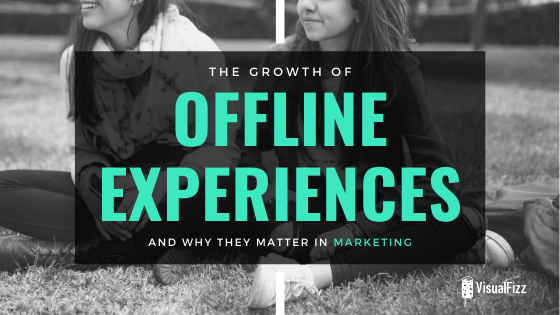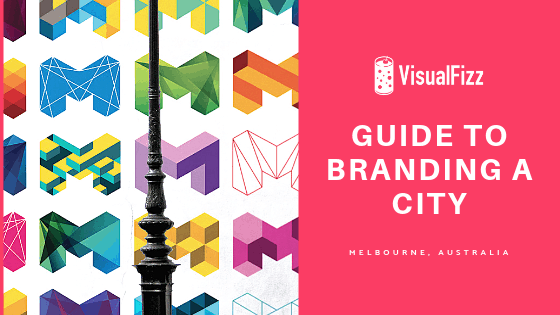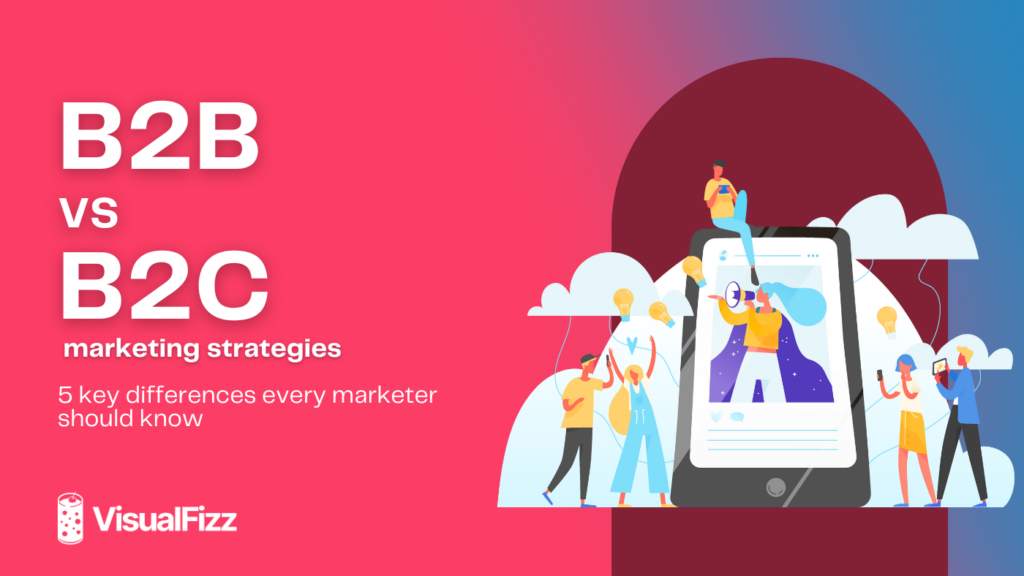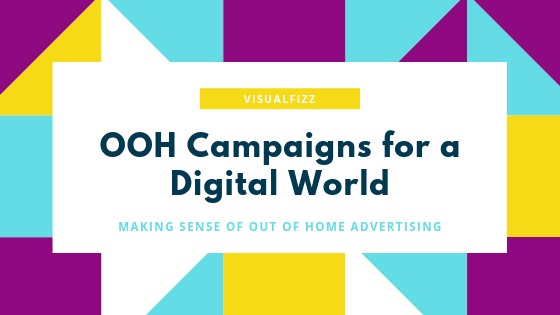
Before we discuss the ins and outs of offline marketing tactics and why they are an integral aspect of growing a business in the modern-day, it’s crucial to understand exactly what it is we do day in and day out as marketing and advertising professionals. So hang with us on this one, as we build a case for what defines marketing, what defines online vs offline marketing, and finally, how offline experiences have come back full circle to find their way back to the heart of all marketing campaigns.
First Off: is Marketing Defined As “Offline” or “Online”? No.
What is marketing? Here’s a great definition from hubspot.com:
Marketing is the process of getting people interested in your company’s product or service. This happens through market research, analysis, and understanding your ideal customer’s interests. Marketing pertains to all aspects of a business, including product development, distribution methods, sales, and advertising.
As we can see from this definition, it’s difficult to explain marketing in a few simple words. On the surface, marketing is simply getting your brand out there – because, after all, no one will purchase your product if they don’t know your business exists. There are many types of marketing, and with the advancement of the digital age, tactics and techniques are only becoming smarter and more refined.
Although modern marketing began around 1950 (think Mad Men style ad agencies), people have been selling goods and other products to consumers since the invention of a monetary system, and since that time, it has taken many different shapes, including Internet marketing, search engine optimization, blog marketing, print marketing, search engine marketing, and video marketing. Every option has its own pros and cons and performs better with different audiences and products, and hundreds of blogs and hours of research have been written and performed to study the merits and applications of these techniques. However, while we will not discuss all of these tactics ad nauseum, we will be taking an informative look at one of the most interesting and often overlooked marketing techniques of them all: offline experiences.
What Counts as an “Offline Experience”?
Is an ‘offline experience’ exactly what it sounds like? In a word, yes. As defined by ngdata.com, offline experience, experiential, or engagement marketing is “an advertising strategy that focuses on helping consumers experience a brand, [and] may be comprised of a variety of marketing strategies geared toward immersing customers within the product by engaging them in as many ways as possible.” This can take many forms, from handing out flyers in a hotdog costume to hosting an event where people push their homemade vehicles into a lake (looking at you, Red Bull).
But in order to understand why things like Flugtag are a success, we need to understand that consumers hate advertising, which is, of course, a crucial element of any successful marketing campaign. Considering that “91% of people say ads are more intrusive today than 2-3 years ago, 87% say there are more ads in general than 2-3 years ago, and 79% feel like they’re being tracked by retargeted ads,” it’s pretty safe to say that the majority of the Internet and technology using public is fed up with the number of digital advertisements they are exposed to on a daily basis, which, according to forbes.com, is an estimated 4,000-10,000 per day for the average American. At some point, if for no other reason than they help cope with this deluge of information, our human brains inevitably filter a majority of this out, effectively rendering your attention-grabbing attempt useless. It makes sense, too, that there is “a great resistance to advertisers today simply because buyers have become sick of being told what to buy,” and therefore, intentionally filter out many of the ads that they do notice.
So, what to do? Sometimes the best way is to literally reach out and grab your customers. (Well, not literally, that could be considered assault, but you get the analogy).
Here’s what is clear: research shows that experiential marketing works.
Recent studies have shown “65% of brands say that events and experiential programs are directly related to sales (EventMarketer, 2019), and 52% of respondents say event marketing drives more business value than other marketing channels (The Event Marketing Evolution, 2018).” These are encouraging numbers, and when it comes to digital integration, the data is even more exciting. In fact, “98% of consumers create digital or social content at events (Chaos Theory, 2019)”!
This further supports the position that experiential marketing can be successfully launched in today’s market when implemented in a two-prong approach, can perform even better.
Engagement marketing allows for direct B2B interface, and allows consumers an opportunity to “engage in a conversation about the products and issues that matter to them and which they value…[which] brings to consumers the positive emotional experiences that drive sales and brand recognition.” Tips and tricks aside, this is an element that simply cannot be replicated in an ad. There is a human element to offline interactions that elicits an emotional bond in consumers, promoting an attachment through brand loyalty as well as encouraging word-of-mouth recommendations, of which “92% of people trust recommendations from friends and family over any other type of advertising,” according to Nielsen.
Offline marketing techniques provide a link to consumers that bridges the “digital psychological fatigue” to re-engage them with your message, product, and brand in an unobtrusive way, and is a great solution to strengthen digital marketing efforts directed to consumers who are tired of the “all-digital, all the time” mentality of advertising today. So, how do companies successfully implement engagement marketing campaigns? Let’s look at a few real-world examples, and examine the takeaways of what helped them perform so well.
IBM: Smart Ideas for Smarter Cities
As a company that wouldn’t exist without the Internet, IBM may not be the first example that comes to mind when considering an offline marketing campaign. However, when IBM launched the Smart Ideas for Smarter Cities outdoor advertising push in 2016, they broke the mold of what could be expected from a technology company. Like their products, the advertisements served a simple but important function and encouraged direct interaction with potential consumers – and with great success.
This advertisement is bright and colorful, drawing attention from passersby, but it also serves a useful function for those struggling with rolling luggage or disabilities. Those who use it may feel a sense of gratitude that the advertisement is there in the first place, which is a positive emotional response that can be enforced by this engaging piece of outdoor advertising. Designed to reach the unreachable consumer, and unable to be “closed out” like on a browser, out of home advertising is an excellent method to directly interacting with your audience.
The Takeaway from IBM’s Offline Experience
Functional and stylish, IBM’s Smart Ideas for Smarter Cities combine an emotional appeal with the outdoors, foregoing the digital component of many engagement marketing techniques. Bright and colorful ads are eye-catching and noticeable but unobtrusive, while existing in a physical space makes them unavoidable. Overall, this is a great technique, but it could have been made even better with the addition of a QR code and app or another type of call-to-action element.
Blenders Sunglasses: Groove Cruise
Now, this is an engagement marketing technique we would like to attend! Twice a year, Blenders brand sunglasses partners with Groove Cruise, which is a “ 72-hour, twice-yearly music event with dance music provided by 50 famous DJs.” The company has cleverly converted the soiree into a unique branding opportunity, and an overall successful effort to connect directly with consumers. Consumers who respond to the event on social media are invited to a Facebook group that allows them the chance to vote for their favorite sunglasses designs, which are released solely during the Groove Cruise.
At the event itself, influencers and performers are gifted these products to wear and promote throughout the 3 days on the cruise. The Blenders brand benefits from the engagement marketing event in a number of ways. First, by successfully making their product an essential element of the events, they ensure their products will be extensively promoted (for free) on social media, which affords innumerable amounts of free exposure to an audience likely to purchase their products. Secondly, after the wave of exposure has subsided, hours of videos, social media posts and mentions of the products remain for the exclusive use of the company in future promotions, not to mention the vast amount of intuitive consumer data that can be collected, analyzed, and used to refine future events for even greater success.
The Takeaway from Blenders’ Offline Experience
Blenders has nailed the engagement element of experiential marketing by providing seamless integration of digital marketing in a physical space. Cruise-goers are a captive audience, and the typical demographic of attendees is a young, avid social media user. By creating a situation and environment where consumers have no choice but to interact with the product and will leave the event associate that product with positive emotions, the odds are good that Blenders is creating a lot of happy, repeat customers. As the video above demonstrates, the Groove Cruise is an excellent example of successful digital marketing combined with offline marketing experiences.
Rakuten: How Do You Say Rakuten?
You may have heard of this company – even if you still can’t pronounce their name. Indeed, Rakuten loves their hard-to-say name, which held the starring role in their early 2019 offline experience marketing campaign. The Japanese based company’s business model is easier for Americans to understand than their name; they give people cashback on purchases when they shop, and who doesn’t love savings? However, the name has proven to be a difficult challenge for the company to overcome as they grab for a foothold in the American market, which gave ad agency executives at Pereira O’Dell an idea.
In the “How Do You Say Rakuten” campaign, the company visited difficult to say (and even more difficult to spell) cities across the United States, setting up and filming consumers interactions with an interactive voice machine that teaches them to pronounce the company name correctly, offering a visible cash prize to those who rise to the challenge. The resulting footage is at times, hilarious, and is as engaging to viewers as it was to those participating and interacting directly with the machine itself.
This campaign produced two positive outcomes for Rakuten: one, it promoted the correct pronunciation of the name through direct engagement with an audience that was familiar with the same struggle the company was facing, and therefore more likely to be sympathetic to the company’s plight and to engage with a marketing technique like this one, and two, it accomplished the goal of enhancing brand recognition through the resulting commercial and the positive emotional response it elicited. Overall, this campaign was a huge win for Rakuten when it came to their goals, but was it a successful engagement offline marketing effort?
The Takeaway from Rakuten Offline Experience
Rather than visit Chicago, New York, or another major city that is used to interactive marketing efforts, Rakuten was selective in their selections of difficult-to-pronounce cities in an effort to further the message of their campaign, which undoubtedly improved its overall performance. The excitement of a cash giveaway coupled with the challenge presented resulted not only in successful direct interaction with consumers but a subsequent digital video that went viral on social media. Ultimately, the company achieved all of the goals set out for the campaign, meaning “How Do You Say Rakuten” was a fantastic and funny engagement marketing success.
How Will Your Brand Use Offline Marketing?
As you’re sitting down and planning your 2020 marketing strategies, it’s advisable to keep offline marketing integration in mind. When was the last time your company launched a campaign or strategy? If it’s been a while, it may be time to revisit the concept and consider the positive impact it could have on your profits next year.
As consumer’s frustrations with obnoxious digital advertising campaigns continue to increase, trying something different might just be the competitive edge your business needs to stand out as we move into the next decade. Research shows that this tactic can help you bust through the pervasive advertising fatigue consumers are experiencing today, and often at little to no cost to you other than some creative effort. Ultimately, whatever you choose, it’s important to stay informed and up-to-date on all things marketing, from trends to data and new ideas, as well as a better understanding of techniques that are tried and true. Whatever your goals, be sure to visit the VisualFizz Blog regularly to keep in the loop!
Publishing Date:






